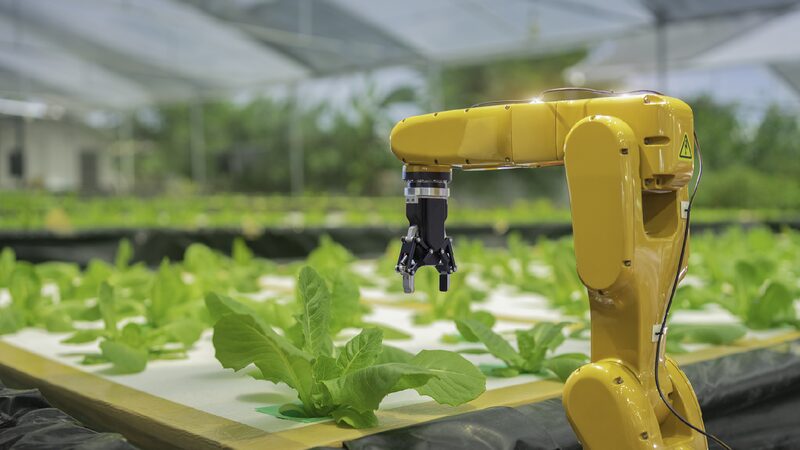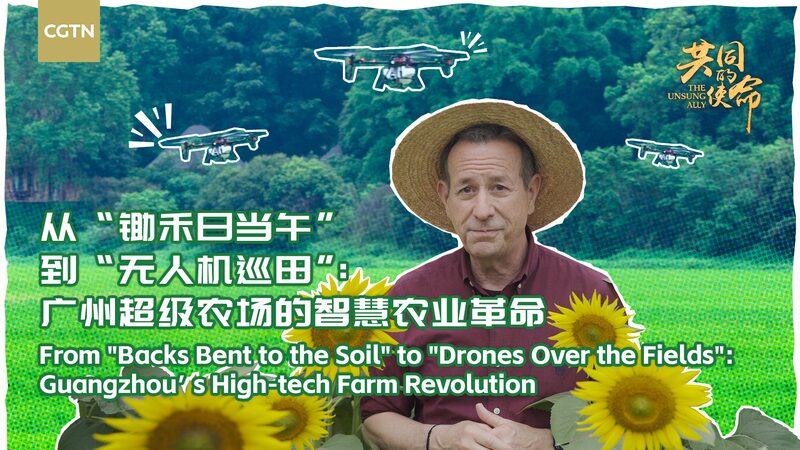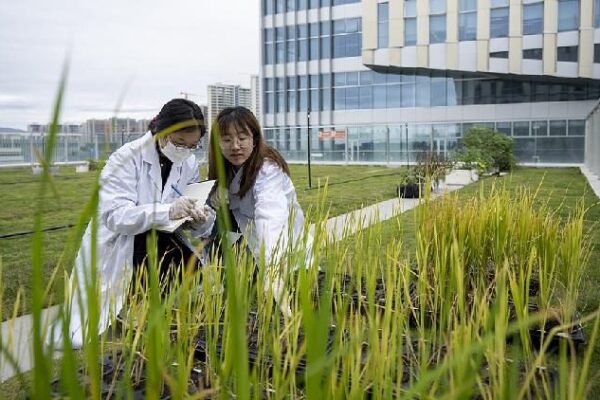China is transforming the future of food by merging artificial intelligence (AI) with agriculture. The result? Smart breeding techniques that are creating high-yield, climate-resilient “super crops” poised to redefine global food security.
At a recent Seed Congress in the city of Sanya, located in Hainan Province on the Chinese mainland, smart breeding took center stage. Over 40 exhibitors showcased cutting-edge technologies and flagship crop varieties, highlighting how AI-driven breeding is transitioning from theory to practice. Digital displays illustrated the latest breakthroughs, from AI-powered genomic analysis to cloud-based farm monitoring systems.
Experts emphasized that smart breeding is converting traditional methods into precision agriculture. This shift offers solutions to overcome seed resource bottlenecks, enhance self-reliance in the seed industry, and secure China a strategic position in the global seed market.
Li Jiayang, an academician at the Chinese Academy of Sciences (CAS), introduced the concept of “intelligent creation of intelligent varieties.” He underscored the potential of integrating AI, biotechnology, and information technology to develop crops that autonomously adapt to environmental challenges.
Qian Qian, another CAS academician, highlighted the complexity of crop traits. “Understanding the relationship between genes and traits requires computational power and advanced algorithms,” he said. Unlike traditional small-scale breeding, smart breeding adopts an industrialized approach, pooling vast resources to efficiently integrate superior traits.
AI-driven breeding is already delivering results. At China National Seed Group, researchers use a cloud-based system to remotely monitor fields, collecting real-time data on crop health and growth. This enables scientists to address issues promptly and optimize breeding processes.
One notable breakthrough is in hybrid rice development. Traditionally, breeders tested thousands of combinations to find a single superior hybrid. Now, AI-powered genomic analysis predicts high-yield combinations before field trials begin.
“We have moved from experience-driven to data-driven breeding,” said Li Huihui, deputy director of the National Nanfan Research Institute of the Chinese Academy of Agricultural Sciences.
Another milestone is the launch of “Fengdeng,” a seed-focused large language model mainly developed by the Yazhou Bay National Laboratory in Sanya. This AI platform provides expert insights on breeding, cultivation, and industry trends—empowering farmers and researchers with actionable knowledge.
Despite these advancements, challenges remain. China’s smart breeding sector still trails global seed giants in terms of data-sharing infrastructure and commercialization. Fragmented datasets limit AI’s ability to predict and design superior crop varieties.
“Accelerating the development of high-yield, high-quality, and climate-resilient ‘super varieties’ is crucial,” Qian said. He called for interdisciplinary collaboration among breeding institutions, AI researchers, and agribusinesses to drive innovations in smart breeding.
Reference(s):
China harnesses AI to revolutionize smart breeding, crop development
cgtn.com








